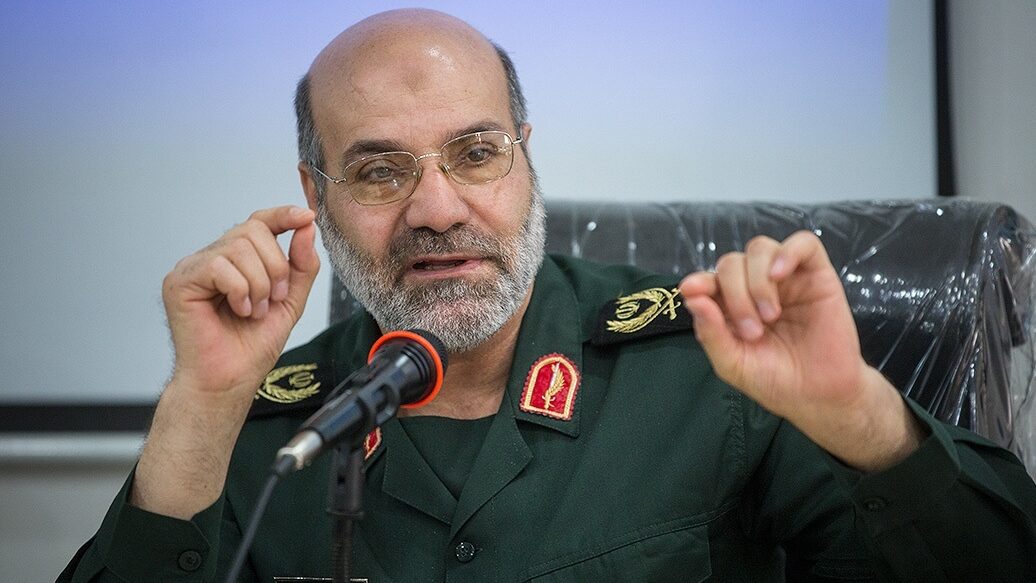A Game Between Netanyahu, Hamas, and Iran
An-Nahar, Lebanon, April 11
Six months after the Gaza War outbreak, initially sparked by the Al-Aqsa Flood attack from Hamas on settlements surrounding the Gaza Strip on October 7, a significant shift has occurred. The conflict is now partially characterized as an Israeli-Iranian war. This development became evident with Israel’s targeting of the Iranian Consulate in Damascus. In a targeted operation, Israel took out seven senior commanders of the Quds Force within Iran’s Islamic Revolutionary Guard Corps, led by Mohammad Reza Zahedi. Zahedi, responsible for Syria and Lebanon files within the Quds Force, held close ties with Hizbullah and was rumored to be part of the party’s top leadership. The Izz ad-Din al-Qassam Brigades, the military arm of Hamas, promptly hailed Zahedi for his role in orchestrating Al-Aqsa Flood, which triggered a prolonged war resulting in the destruction of 70% of the Gaza Strip’s buildings and widespread hunger. Meanwhile, Israel persists in its aggressive campaign against Gaza, a densely populated area measuring a mere 365 square kilometers, with a population exceeding a million and a half concentrated in an area of about 55 square kilometers on the Rafah border with Egypt. The Gaza war’s unanticipated six-month duration illustrates the complexities at play, compounded by the absence of a clear political resolution. The primary actors—Israel, Hamas, and Iran—engaged in concurrent conflicts seeking to establish dominance in the region. Notably, Iran aims to assert control over strategic points, potentially influencing the region’s stability. Although Israel suffered setbacks in the Gaza conflict, Hamas failed to emerge victoriously on a political front. The prolonged war has left the Israeli prime minister with no clear objective beyond continuing hostilities. Similarly, Hamas faces internal turmoil, torn between underground operations and a leadership abroad disconnected from Gaza’s plight. Amid the struggle, international perceptions fluctuated following Israel’s targeting of a team of international aid workers from World Central Kitchen. While initial outrage subsided quickly, internal Israeli political dynamics and international pressures continue to shape the conflict’s trajectory. Beyond Gaza, conflicts in South Lebanon, the Red Sea, and Jordan further illustrate regional tensions exacerbated by Iranian influence. Iranian-backed militia groups operate across the region, challenging established powers and threatening stability. The Palestinian cause remains entangled in these broader conflicts, underscoring the complexity and interconnectivity of regional disputes. As the Gaza war persists, with deepening Iranian involvement, the Palestinian people remain the primary casualties. The potential implications extend to neighboring Lebanon, hinting at a bleak future if the conflict remains unresolved. Halting the Gaza war demands a decisive international stance, particularly from the United States. Failure to act risks perpetuating the cycle of violence and playing into the hands of entrenched interests, imperiling the prospects for lasting peace and stability in the region. —Kheirallah Kheirallah (translated by Asaf Zilberfarb)


